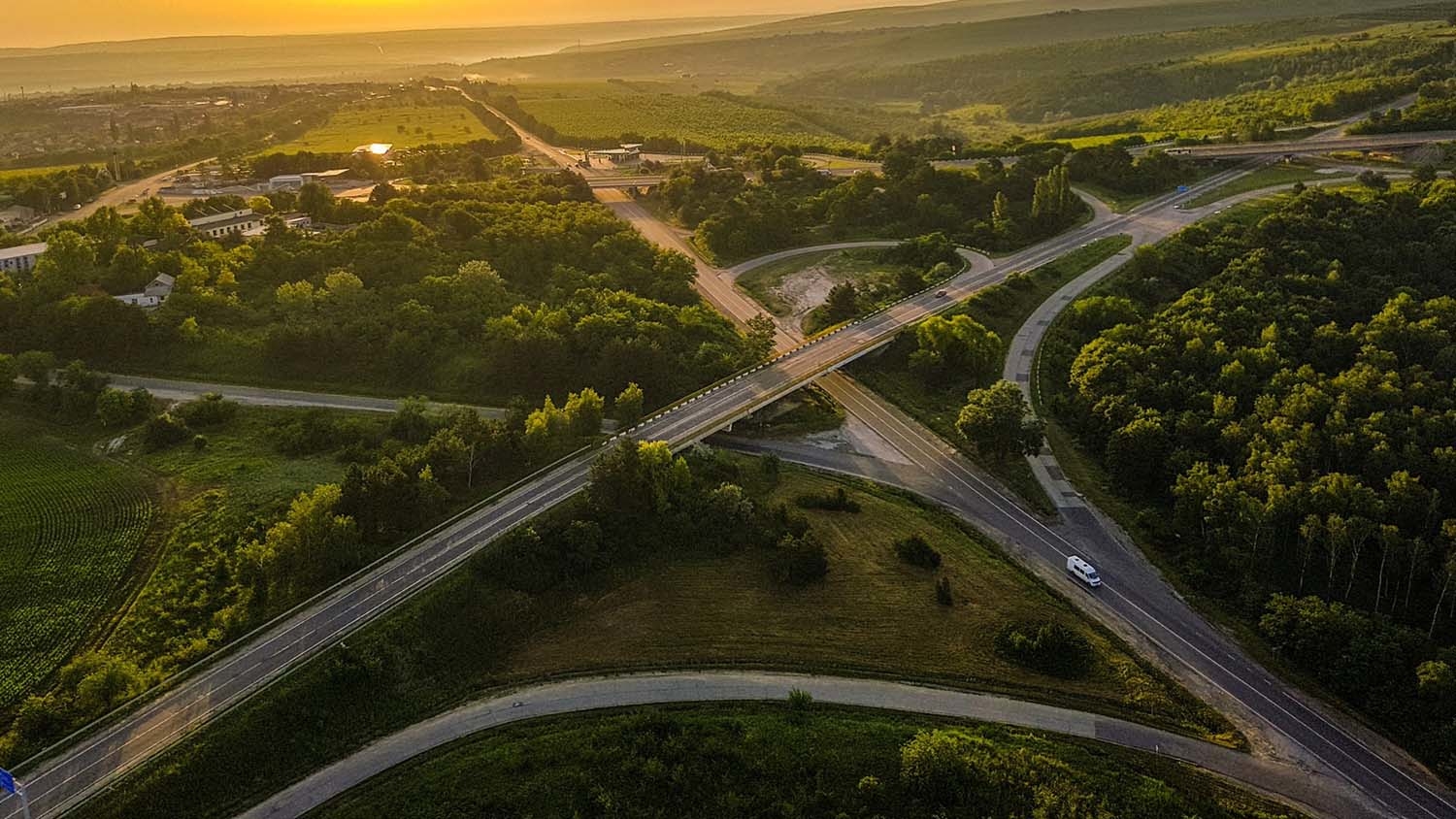Editor’s Note: This is a guest post by Tina Mozelewski, a Ph.D. student in NC State’s Department of Forestry and Environmental Resources. This post is part of an ongoing series highlighting ways that NC State is helping us understand, mitigate and prepare for the impacts of climate change.
Hunting, fishing and other types of outdoor recreation are big business in North Carolina. From the mountains to the coast, our state supports one of the largest outdoor economies in the country. Behind the beaches and forests, the bird watchers and backpackers, are natural resource managers working hard to steward these resources, so that they benefit our state both now and for future generations. But climate change is throwing a wrench in these efforts, introducing substantial new challenges and making it harder for managers to effectively manage our lands.
I would know, because I was one.
Before coming to NC State, I worked in the desert southwest as a wildlife biologist. My primary role was to conduct habitat restoration for birds and waterfowl that lived in the forests that grow along the banks of rivers and streams. In the three years I worked there, I saw millions of dollars and many man-hours spent on restoration projects that were ultimately derailed because of drought that was exacerbated by climate change. Projects had to be scaled back, and plantings started dying, because there wasn’t enough water to go around. This is, of course, bad for the trees that were planted and the wildlife that called them home.
It’s also a waste of time and money. And when it comes to natural resource management, time and money is often in short supply.
So what went wrong? An experienced staff of biologists and engineers had designed these projects. They were well funded and had significant stakeholder support. In short, they had every advantage. The problem was in assuming that what had worked before, would work again.
Climate change is altering the way we can manage our natural resources. Temperatures are getting hotter. Precipitation patterns are changing. And species are moving in order to find the temperature and precipitation they need to survive. The landscapes we are managing now aren’t the same ones from 20 years ago. The landscapes of the future will look different than the ones today. We can’t manage in the same ways we used to and expect the same results.
Instead, we need to be future-focused and proactive, anticipating how our landscapes might change and identifying management strategies that will be effective as the climate changes. But how do we know what these strategies will be?
This is where my research comes into play.
My work as a natural resource manager made me realize the need for a collaborative, context-driven approach to managing landscapes for change. To do this, working with Robert Scheller, a professor of landscape ecology at NC State, I am using a landscape change model to forecast how climate and land-use changes will shape North Carolina landscapes over the next century, and to project how the landscape will respond to different management actions. Think of it as a ‘try before you buy’ approach, where I test out different management strategies before they’re actually put into practice. This modeling work can’t tell you exactly which management action to deploy where. But it can illuminate the costs and benefits of prospective management strategies and provide trends in how the landscape responds. In doing so, it can help narrow the decision-making process for natural resource managers trying to determine how to manage changing landscapes.
One way that I am putting this modeling approach to use is through a conservation grant from the Sustainable Forestry Initiative (SFI). I am partnering with SFI to quantify how sustainably managed forests contribute to landscape-level connectivity in North Carolina in a changing climate. Connectivity is the ability of the landscape to facilitate species movement, and improving connectivity will be essential for adapting to climate change as more species move to follow their climate niche.
Here in North Carolina, the timber industry is a major landholder and has the potential to significantly contribute to connectivity. Sustainable forest management focuses not just on timber production but also on the ecosystem services forests provide, like wildlife habitat. This sets sustainably managed forests, and their respective contributions to landscape connectivity, apart. I’m trying to figure out by how much. Results will inform SFI standards for future forest management and bring attention to the landscape-level benefits of sustainably managed forests.
I am also working with SFI to identify how different approaches to habitat restoration vary in their improvement of landscape connectivity as climate and land-use change accelerates. Habitat restoration is key to improving landscape connectivity that has declined due to changes in land cover, habitat degradation and other causes. Habitat restoration is also a major focus of conservation groups and natural resource managers throughout North Carolina. This research will identify which restoration strategies most effectively facilitate connectivity and how much restoration will be required to counteract the fragmenting effects of habitat loss so that managers can prioritize strategies with the greatest connectivity returns.
My research will also address whether conservation actions can keep pace with the effects of global change. It’s information that is crucial for managers seeking to manage their landscapes to facilitate climate adaptation.
Ultimately, I hope my research actively contributes to the longevity and efficacy of conservation efforts under global change, maximizing conservation return on investment. Though I am no longer a natural resource manager, my goal remains the same: to help steward the conservation of natural resources so that they can be enjoyed by North Carolinians now and for generations to come.
- Categories:



